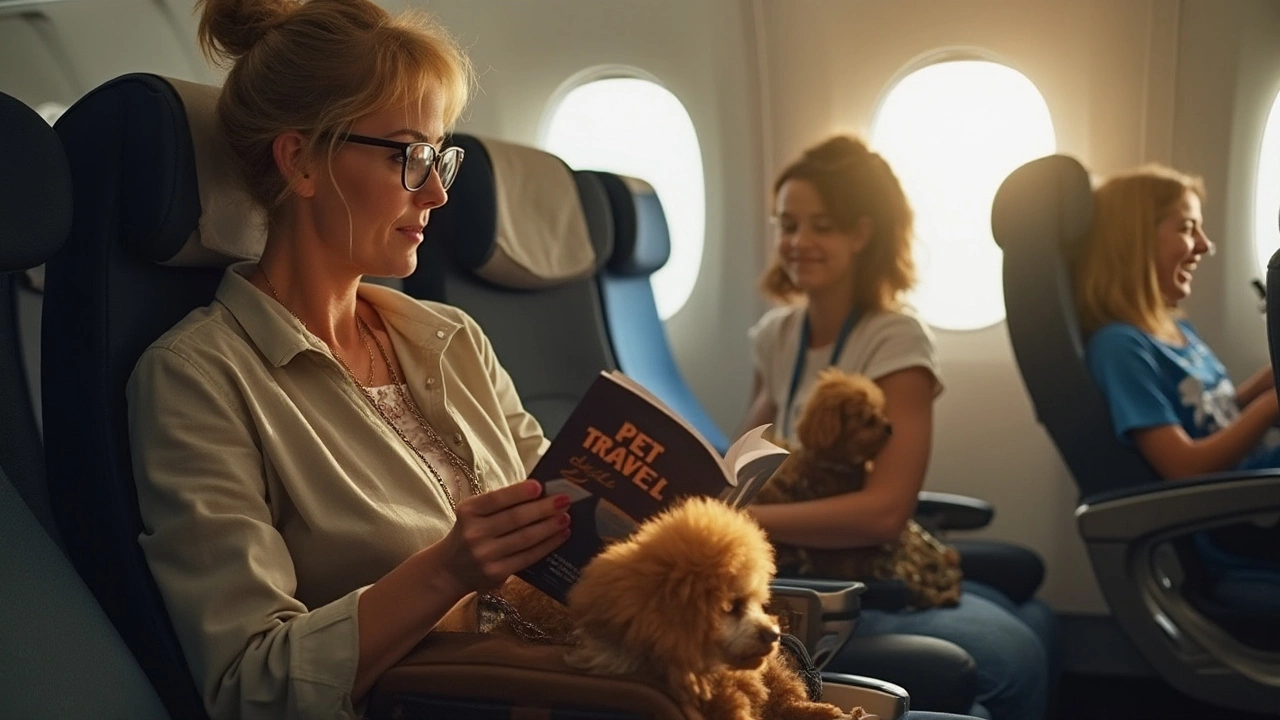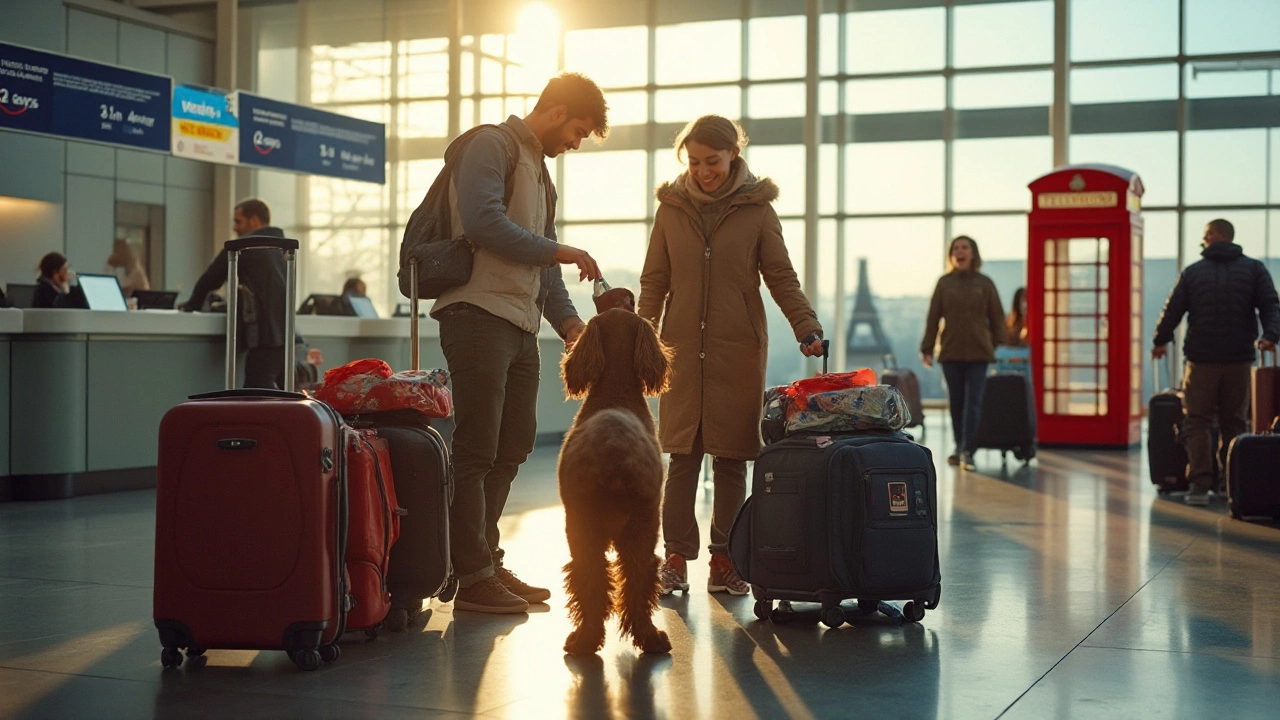Airline Pet Policy: What You Need to Know Before You Fly
Planning a trip with a furry friend? Knowing the airline pet policy can save you hours of hassle and keep your pet calm. Every airline has its own rules about size, carrier type, and where pets can travel – cabin or cargo. Below we break down the most common requirements and give you a simple checklist to follow.
Key Requirements Most Airlines Use
First, check if your airline even accepts pets. Most major carriers allow dogs and cats in the cabin if the carrier fits under the seat. The typical size limit is about 18" x 14" x 10" (45 cm x 35 cm x 25 cm). If your pet is bigger, they’ll have to go in the cargo hold, which often has a weight limit of 15‑20 kg (33‑44 lb).
Second, the carrier itself must be strong, well‑ventilated, and leak‑proof. TSA‑approved carriers are a safe bet because they meet both security and airline standards. Look for a carrier with a secure latch and a handle for easy lifting.
Third, many airlines require a health certificate issued within 10 days of travel. This document proves your pet is up‑to‑date on vaccinations and fit to fly. Some carriers also ask for a recent microchip scan or an ID tag.
Practical Tips for a Smooth Flight
Start the prep early. Book your pet’s spot as soon as you reserve your ticket – most airlines limit the number of pets per flight. Arrive at the airport at least two hours before departure so you have time for check‑in and a quick bathroom break for your pet.
Give your pet a light meal about four hours before the flight. A full stomach can cause nausea, but an empty one may lead to low blood sugar. Offer water right up until you go through security, then limit drinks during the flight to avoid spills.
If your dog gets anxious, a vet‑approved calming aid (like a pheromone spray or a low‑dose supplement) can help. Avoid sedatives unless a vet specifically says it’s safe – many airlines ban them.
Place a familiar blanket or toy inside the carrier. The scent will comfort your pet and can reduce barking or crying in the cabin. For cargo‑only trips, line the carrier with absorbent pads in case of accidents.
During the flight, keep the carrier level and avoid shaking it. If you’re in the cabin, you can gently talk to your pet through the carrier to reassure them. In cargo, ask the airline staff to confirm that the temperature and ventilation are within safe ranges.
After landing, give your pet a chance to stretch and hydrate. Check for any signs of stress – excessive panting, drooling, or hiding – and contact a vet if anything looks off.
Following these steps means you won’t waste time figuring out last‑minute rules, and your pet will have a calmer journey. Keep this checklist handy whenever you book a flight, and you’ll turn a potentially stressful experience into a smooth adventure.
How to Secure a Seat for Your Furry Friend on a Plane
When planning a trip that includes your four-legged friend, it's essential to know the rules about buying a plane seat for your dog. Some airlines allow dogs in the cabin under specific conditions, while others require pets to travel in cargo. This guide provides insights into the policies of various airlines, including tips for a comfortable journey. It also shares important considerations for ensuring a smooth travel experience with your beloved pup.
Airlines That Restrict Pets: Travel Tips and Information
Traveling with pets can be a challenge due to varying airline policies. While some airlines warmly welcome furry friends, others have specific restrictions or do not allow pets in the cabin or cargo hold. This article provides an overview of these airlines and offers practical tips for pet parents to navigate air travel. It's important to know your options to ensure a smooth journey for both you and your pet.

